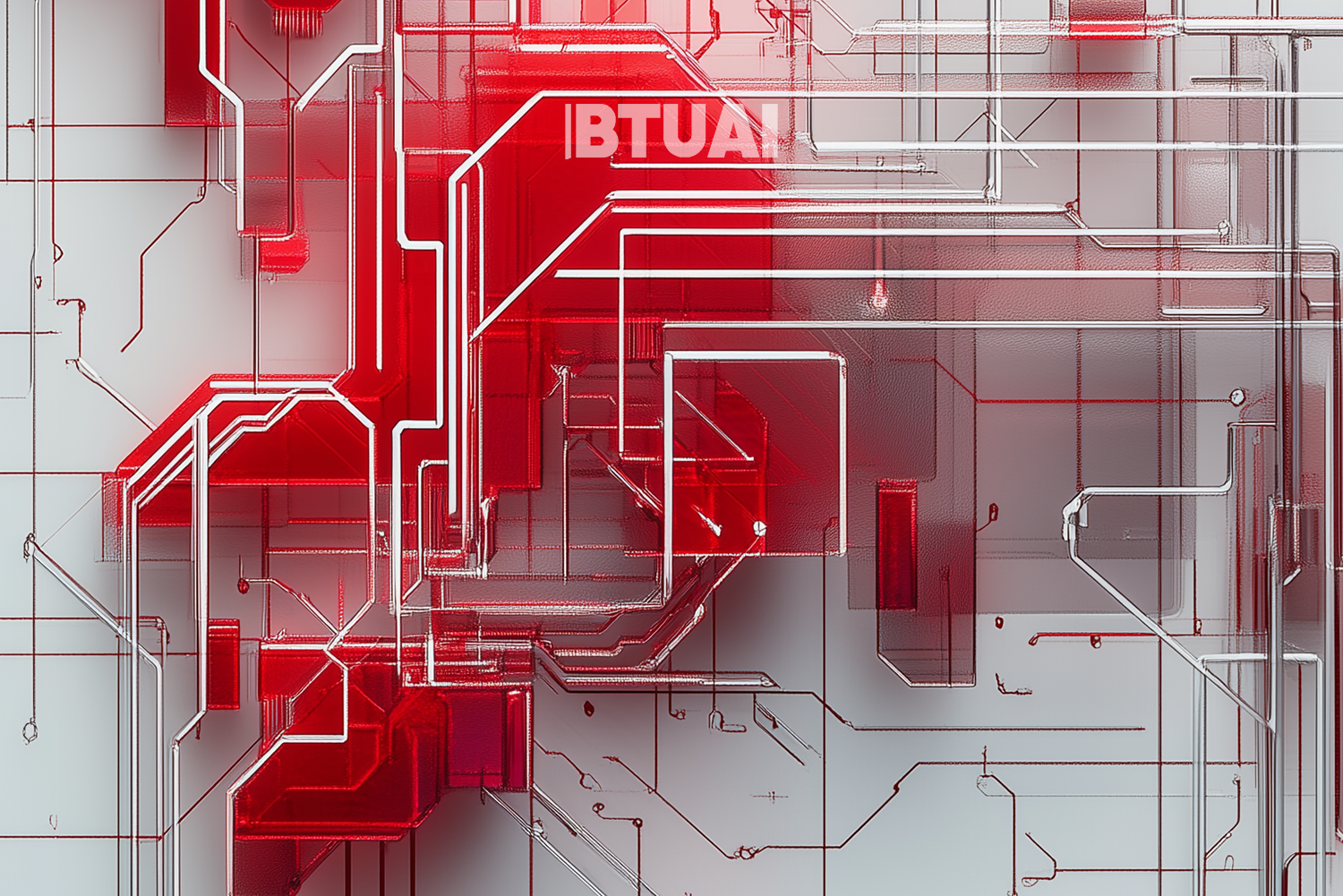Art and Technology Find Points of Convergence
The merging of art and technology has become a pivotal moment in contemporary culture, where machines and algorithms are

The merging of art and technology has become a pivotal moment in contemporary culture, where machines and algorithms are opening up new artistic possibilities. How can technology become part of the creative process? This question has intrigued many artists over the decades, yielding fascinating results.
One of the pioneers of this integration was Harold Cohen, who began experimenting with technology in the 1970s. His project, AARON, employed a computer algorithm to create entirely unique artworks. Similar to AARON, other artists have explored technology to produce visual effects and formats previously unimaginable. This process has not only generated new works but has also transformed how we perceive and interpret art.
Modern technologies, particularly artificial intelligence (AI), offer artists unprecedented opportunities. Since the 1990s, AI and computer programs have become integral to creative processes. Artists use AI not only for generating digital artworks but also for creating interactive pieces that directly engage the audience. These works allow viewers to participate in the creation process, fostering a deeper connection between art and its audience. Interactive art provides a new and exciting experience, making art more accessible and immersive.
However, this convergence also brings expectations and concerns. Some fear that AI might replace human creativity, rendering artists obsolete. This anxiety stems from the belief that technology could become more creative and efficient than humans. Yet, the art world views AI differently—as a powerful tool that enhances creativity rather than competing with it. By using AI, artists can realize complex, large-scale projects that were once beyond their reach. This collaboration positions technology as a valuable partner in the creative process.
Beyond enabling new formats, the fusion of technology and art introduces fresh ways of thinking. It bridges the gap between engineering and creativity, integrating technology as an essential component of artistic expression.
For instance, virtual reality (VR) and augmented reality (AR) redefine the relationship between artists and audiences. These technologies allow viewers to become part of the artwork, offering opportunities to modify or experience art in entirely new ways. This interaction not only increases art’s accessibility but also broadens its appeal to diverse audiences.
Genetic algorithms represent another intriguing intersection of art and technology. Inspired by evolutionary principles, these algorithms use random mutations and selection processes to create dynamic, ever-evolving artworks. Artists like Karl Sims have utilized genetic algorithms to produce visual pieces that are not only unique but also continuously changing. This approach introduces a self-developing form of art, inviting viewers to witness its evolution.
Robotics is another exciting frontier in art. Complex robotic systems, such as the painting robot DOUG, create works that challenge human imagination. Using brushes, oil paints, and advanced techniques, DOUG produces detailed and vibrant pieces, often surprising audiences with its output. These innovations demonstrate how robotics can bring new dynamics to art, enabling the creation of works that push the boundaries of possibility.
Similarly, 3D printing has become a valuable tool for artists. Visionaries like Joshua Harkins use this technology to craft sculptures and intricate forms that traditional methods cannot achieve. 3D printing enables artists to realize detailed and complex structures that vividly express their creative visions.
The fusion of art and technology is not limited to visual art. Algorithmic music composition, where computer algorithms generate musical pieces, is another striking example of this collaboration. Composers like David Cope use algorithms to create music rooted in human emotions and rhythms, yet fundamentally shaped by innovative processes. This approach gives music a fresh character and value.
In this convergence, artists and technology together forge a new reality where creativity and innovation are intertwined. The resulting works are not only visually captivating but also reshape how we perceive art, its meaning, and its role in society.
Artists leverage technology to produce profound and impactful works that evoke unique emotions and experiences. Creativity, when combined with technology, is no longer a singular act but an evolving process yielding continuous innovation. The art of the future promises to be dynamic, interactive, and ever-changing, allowing individuals to engage deeply with the creative process and experience its beauty and power.




